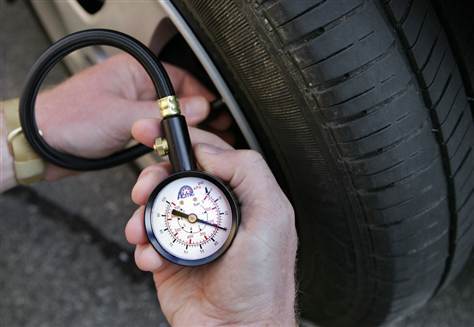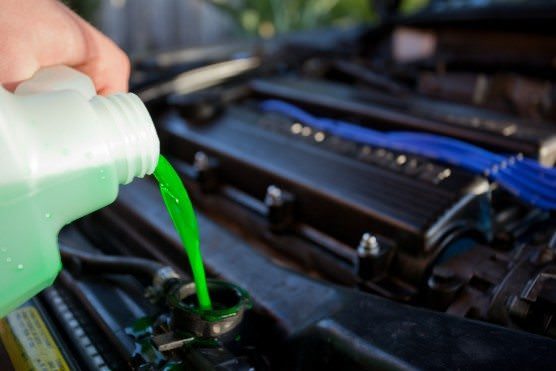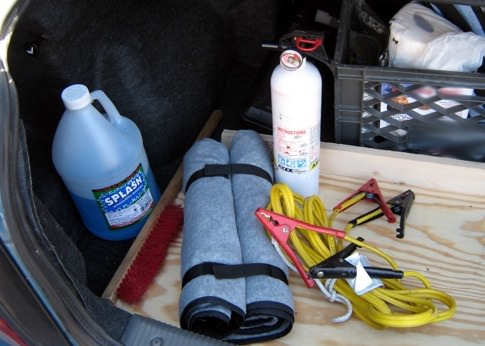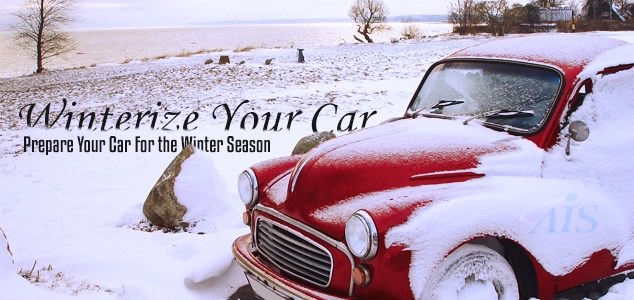Snow storms, ice storms, and freezing temperatures can make winter driving treacherous. Even if you live in an area that doesn’t get much snow or ice, colder temperatures can cause extra wear and tear on your vehicle. Getting your vehicle ready for whatever this winter brings, before it brings it, will help you keep yourself, your family, and others safe on the road.
Check Everything Out

Before winter weather hits, take the time to bring your car in for a tune-up or inspection. In the cold, your car’s battery will have to work extra hard to do the same job, so it’s important that it be in the best condition possible. Confirm that the battery is fully charged, either by reading the gauge on the top of it or by bringing it to your local service station for a test. Depending on the age of battery, it might be safest to get a new one before winter.
If you haven’t used the car’s heater or defrosters all summer or fall, now’s the time to make sure they’re in good shape. You don’t want to be stuck in a freezing car during a snow storm or find out when it starts freezing rain that your defrosters are on the fritz.
Fill ‘er Up

Your car needs certain fluids, such as anti-freeze, oil and gasoline, to keep running through the winter. You should be changing the oil every so often, as recommended by the car’s manufacturer. Changing the oil is even more important in the winter, as the cold temperatures combined with viscous, dirty oil can be a disaster for your car. If temperatures do regularly dip below freezing where you live, consider using an oil made for winter weather.
Anti-freeze keeps the water in your car’s radiator from freezing in the cold, which in turn, keeps your car from overheating, as the water is able to sufficiently cool it down. Confirm that your car has a sufficient amount of anti-freeze. If it’s been a few years since the anti-freeze was replaced, or you don’t know when it was last replaced, it’s good idea to flush it out and pour in new anti-freeze. Aim to keep your car’s gas tank at least half full at all times in the winter, to reduce the risk of the gas lines freezing. A mostly full tank can also come in handy should you get stranded in a snow storm.
Make an Emergency Kit

Even if you fully prepare your car for winter driving, there’s still a chance that you’ll get stuck on the highway in a snowstorm. Be ready for the worst by putting together an emergency kit for the back of the car. The kit should include a blanket or two for warmth, a flashlight, a flare, a first aid kit, an ice scraper and brush, and a fully inflated spare tire. Kitty litter is also a great thing to keep in your car in the winter, as you can scatter it on the road to provide traction when you’re stuck in the snow.

The information in this article was obtained from various sources. This content is offered for educational purposes only and does not represent contractual agreements, nor is it intended to replace manuals or instructions provided by the manufacturer or the advice of a qualified professional. The definitions, terms and coverage in a given policy may be different than those suggested here and such policy will be governed by the language contained therein. No warranty or appropriateness for a specific purpose is expressed or implied.


